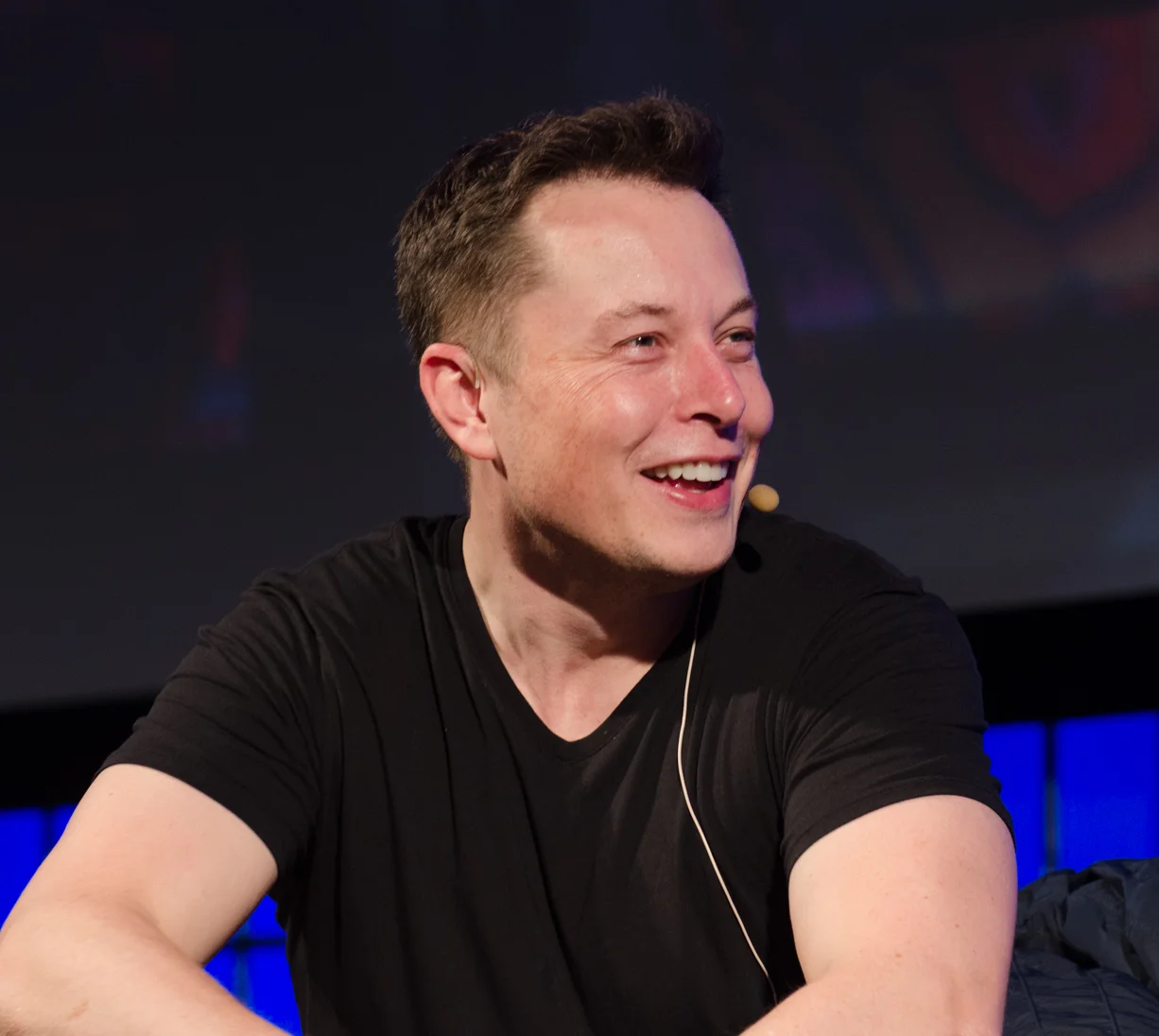by Andrew Grandahl
Australian Energy Resource Assessment
South Australia has a serious electric power problem: the effects of extreme weather events are battering the country’s power grid and Australia's outdated energy infrastructure is struggling to keep up. In late September 2016, South Australia endured a “once-in-50-year” storm, and current climatological trends seem to be increasing the likelihood of such events. The superstorm damaged energy infrastructure, knocking down transmission lines and cutting off the interconnectors that link much of the state’s grid. It took several days to restore power to over 200,000 homes. This multi-day power outage occurred again in December (affecting 155,000 homes) and in the past month, 90,000 homes lost power during an extreme heatwave. It is all too clear that Australia is struggling to adapt to worsening weather extremes.
Much like the United States, the majority of Australia’s electricity sector is powered using fossil fuels, specifically coal. Both countries have powerful fossil fuel lobbies which push their interests. These groups influence politicians and have managed to sway citizens through a relentless climate-change disinformation media campaign. They downplay the necessity of renewable energy, even in the face of failing energy infrastructure. To make things worse, Prime Minister Malcolm Turnbull placed the blame of the recent blackouts on South Australia’s ambitious solar energy program, despite officially being advised that the torrential storms were indeed the cause. Ignoring evidence in favor of political gamesmanship? To Americans, this sounds all too familiar.
Thankfully, amidst the turmoil and misinformation, a hero seems to have emerged with a mission larger than just providing South Australians with reliable power. Tesla and SpaceX CEO Elon Musk is currently proving that renewables are the single most effective, sustainable way to power the planet. With Tesla’s battery gigafactory nearing completion, an important barrier to mass-deployment of renewable energy may soon be toppled.
Unlike most fossil fuels where energy can be produced from fuels as needed, solar or wind energy is generated when the sun shines and the wind blows. This has presented a problem for energy utilization efficiency and storage, because the energy cannot be produced at will. Given the intermittent nature of sun and wind, renewables have traditionally been dismissed as too inconsistent to reliably power large-scale energy grids due to inadequate storage abilities, specifically during demand spikes. What utility companies need to meet consumer demands is load-leveling, essentially the ability to store power during low demand periods and delivers power during high demand periods. Tesla contends that regardless of energy source, their new battery packs can bridge this storage and efficiency gap. For example, the island of Ta’u in the American Samoa uses 60 Tesla Powerpacks to store 6 MWh of solar energy harnessed using solar panels. These Powerpack battery storage units allows the island to dispense energy based on demand, regardless of whether or not the sun is shining.
In light of this tangible success of renewable grid storage, Musk and his company are clearly looking forward. Tesla’s vice-president of energy products Lyndon Rive (who is also Musk’s cousin) recently stated that Tesla could install the 100-300 megawatt hours of battery storage in South Australia to prevent the power shortage failures of the state. Australian tech-billionaire Michael Cannon-Brookes tweeted at Musk asking him how serious he was about this bet. Musks’ response: “@mcannonbrookes Tesla will get the system installed and working 100 days from contract signature or it is free. That serious enough for you?” The money is on the line and Australian politicians are already biting. The success of this potential project would signify a new era of grid-storage and with it, the undeniable superiority of renewables to fossil fuels. Something tells me that for Musk, and all of us, this bet will pay off.
Andrew Grandahl is a guest blogger for eesi. You can reach him at andrewgrandahl@gmail.com



